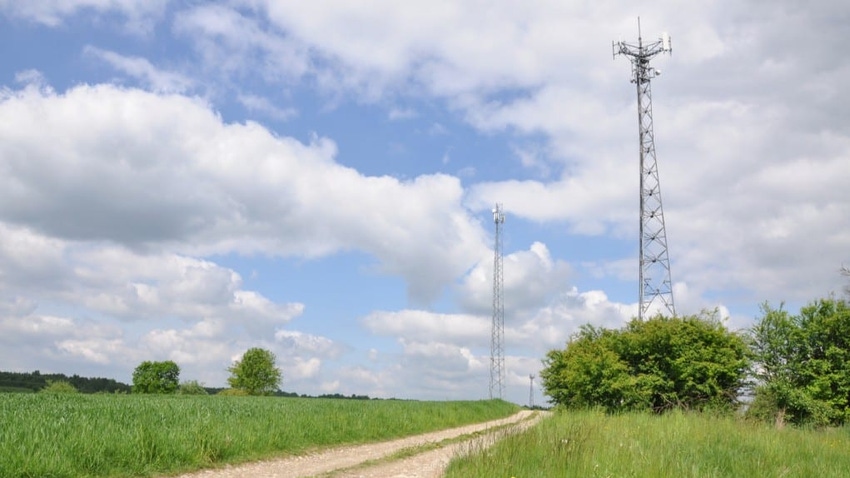April 24, 2024

Under the UK's Shared Rural Network (SRN) programme, MNOs agreed to eliminate partial not-spots – areas of the country served by at least one operator, but not all of them. To do so, they agreed to spend a combined £532 million to open up and share existing masts, and to build and share new ones.
The other strand to the SRN programme addresses total not-spots. This involves spending £501 million of public money on shared mobile infrastructure in areas that don't have any coverage at all.
The overall aim of the SRN is to deliver 4G coverage to 95% of the country by the end of 2025.
In support of this target, Ofcom attached its own coverage obligations to the operators' 4G licences. These require each MNO to cover 88% of the UK by June 2024, increasing to 90% by early 2027.
EE announced in January that it had passed the 88 percent milestone, but the other three have not fared so well.
A Telegraph report last October revealed that Vodafone, Virgin Media O2 (VMO2), and Three had written to the government warning they were likely to miss the June deadline, and requested they be given an extra 18 months to tackle partial not-spots.
Addressing the government's Public Accounts Committee (PAC) on Monday, Dean Creamer, CEO of Building Digital UK (BDUK) – the government body in charge of delivering the SRN – said that the aforementioned operators had requested an extension, but "that wasn't accepted and we haven't agreed that."
Responding to a question about potential sanctions for missing the deadline, Creamer said "technically they're very high," noting that "Ofcom has the power to fine them up to 10% of global incomes."
However, it is unlikely to come to that, with Creamer suggesting that Ofcom "will need to be reasonable" when it comes to deciding possible repercussions for Vodafone, VMO2 and Three. The reason being, certain assumptions that were made at the beginning of the SRN programme have not played out that way.
For example, "it's taking a lot longer to get planning [permission for new sites] than was originally anticipated," he explained.
Creamer also expects it will take Ofcom a couple of months to assess the situation, so it is likely to be early autumn by the time we find out just how short of 88 percent they are.
In addition, just because three of the MNOs have missed Ofcom's interim June deadline, it doesn't necessarily mean the SRN will fall short of its 2025 target.
According to Creamer, the latest data suggests UK 4G coverage has reached 93.2%, leaving 1.8 percentage points to go. He said that MNOs are increasing 4G coverage at an average rate of around 0.1% points per month.
"So if you look at the time between now and the end of 2025, they can in theory hit the run rate required," he said. "The question is, can that be sustained?"
Indeed, given the ramp-up in cost and complexity that comes with deploying infrastructure in increasingly remote areas, it could prove to be a tall order.
About the Author(s)
You May Also Like











_1.jpg?width=300&auto=webp&quality=80&disable=upscale)


.png?width=800&auto=webp&quality=80&disable=upscale)